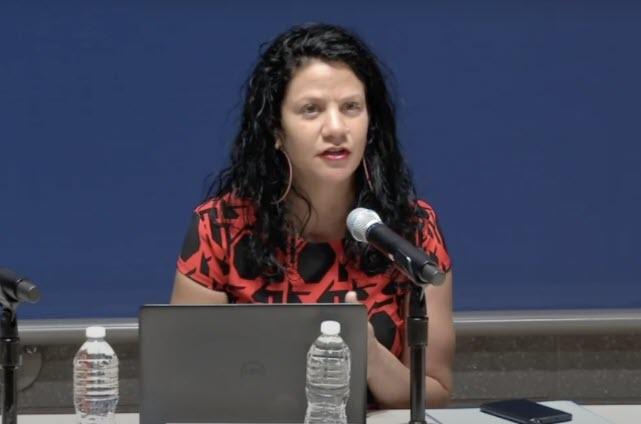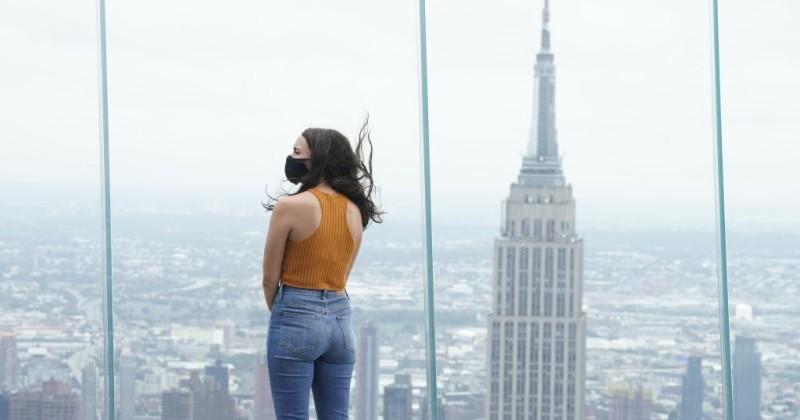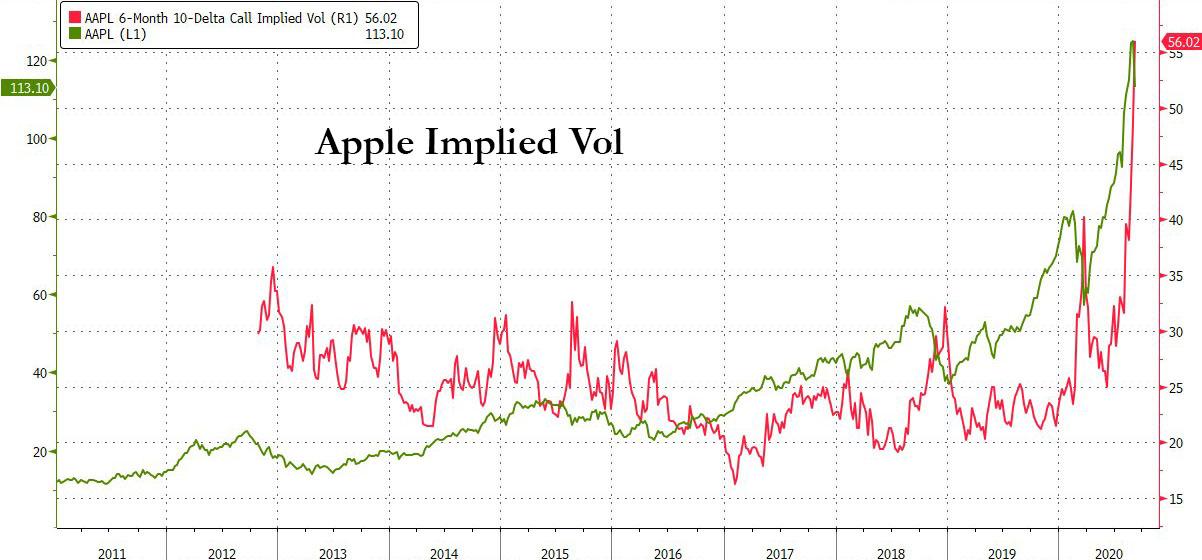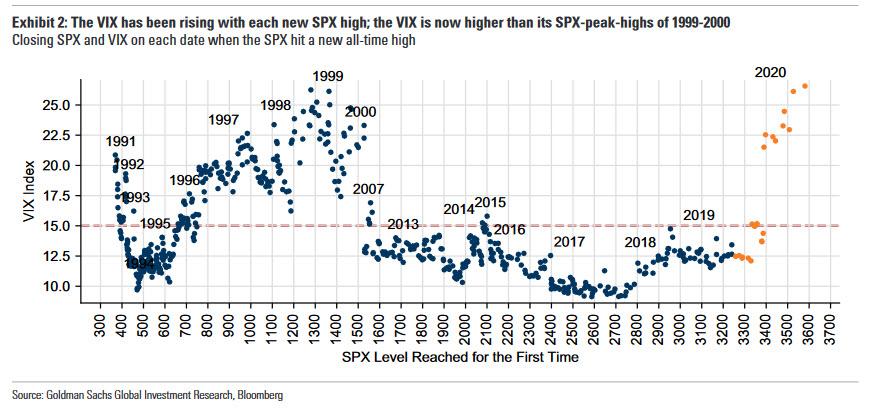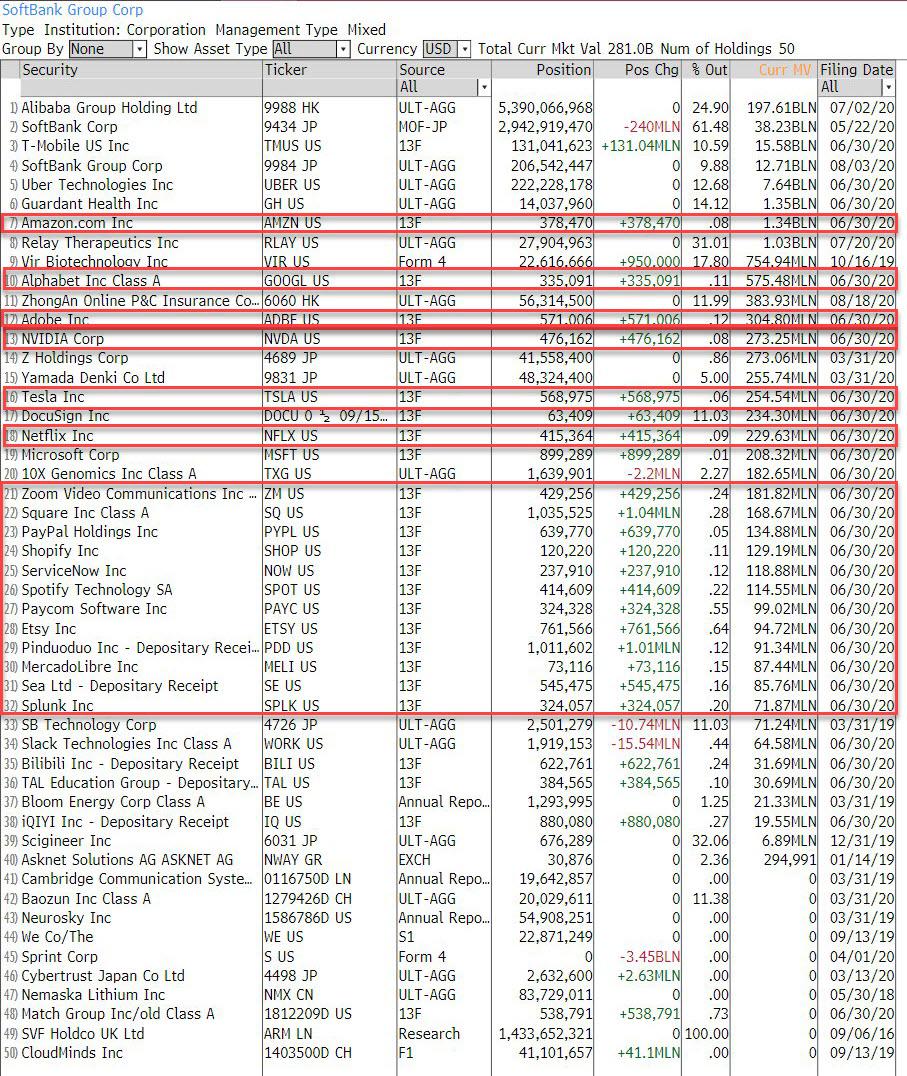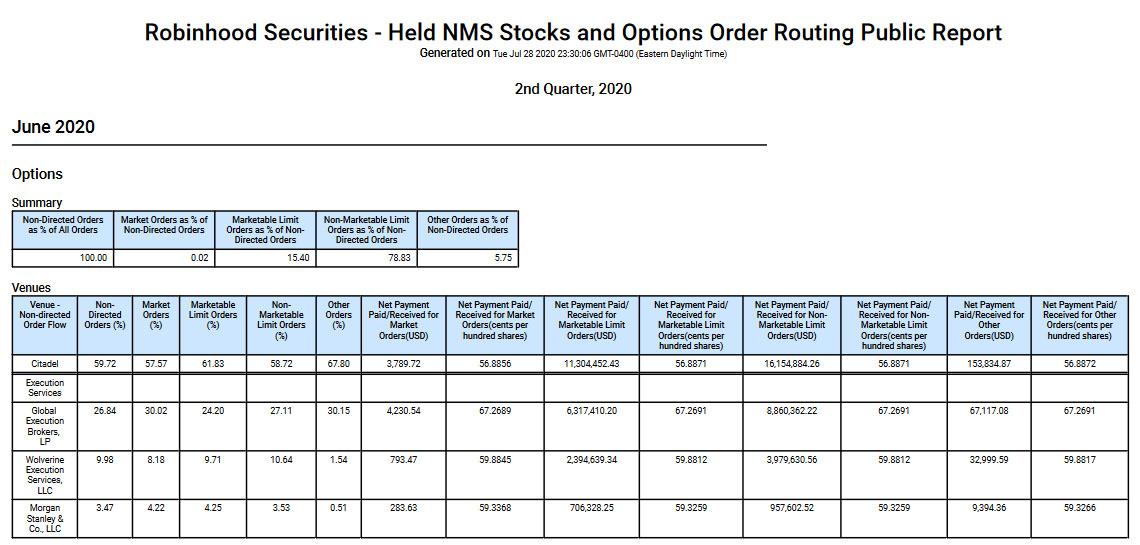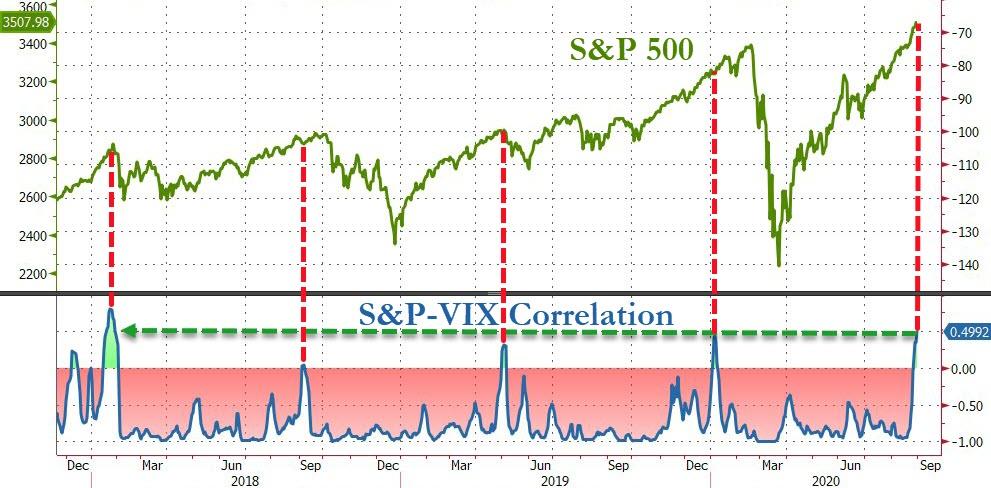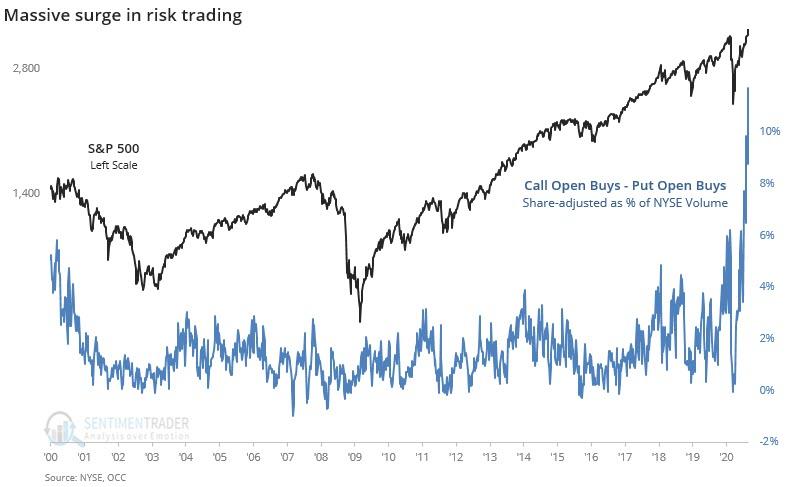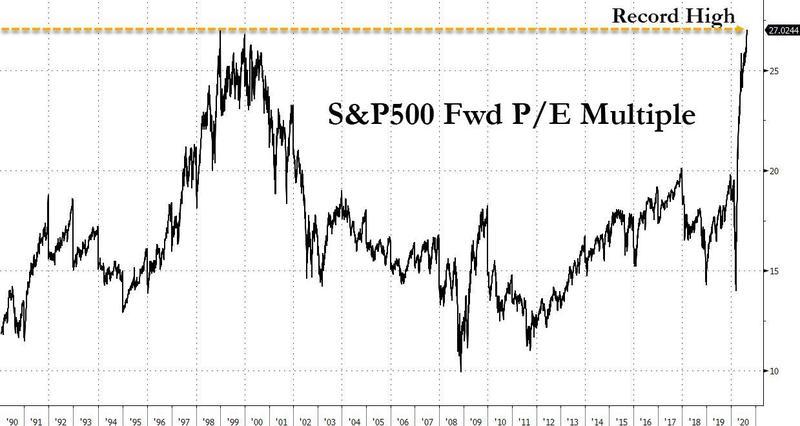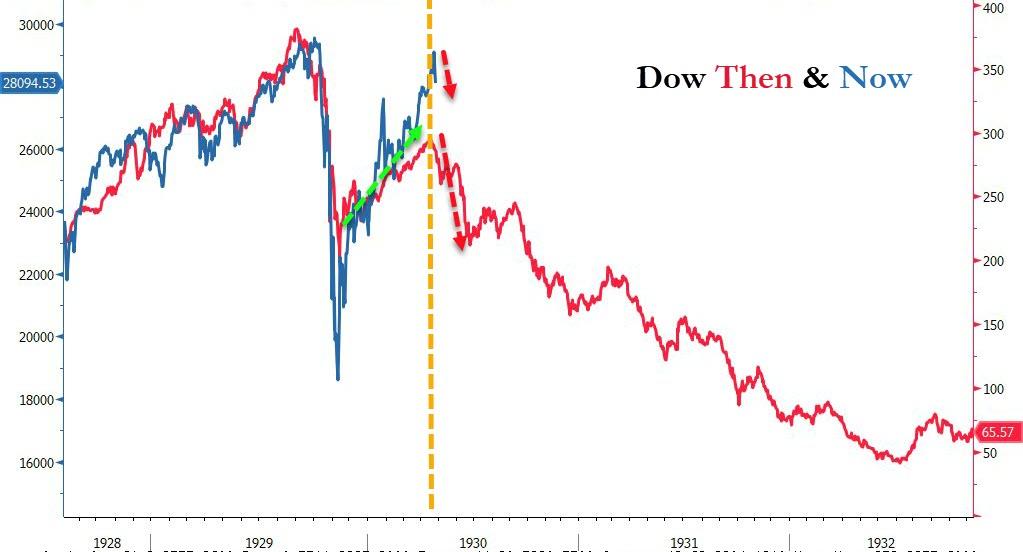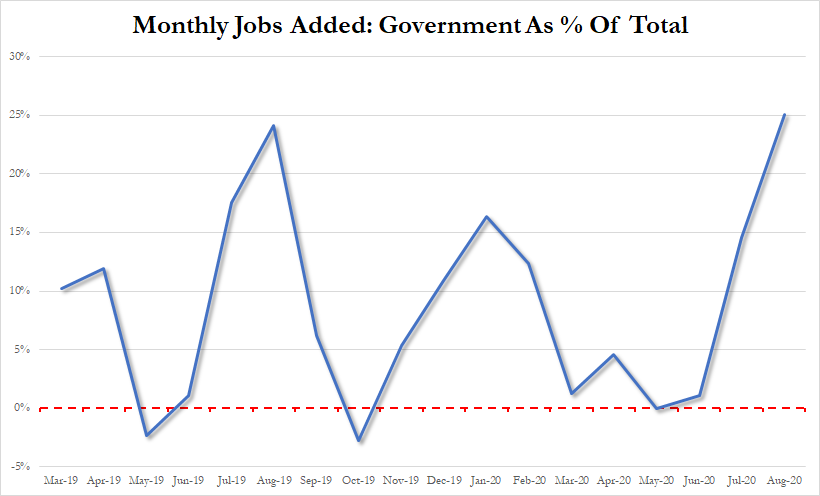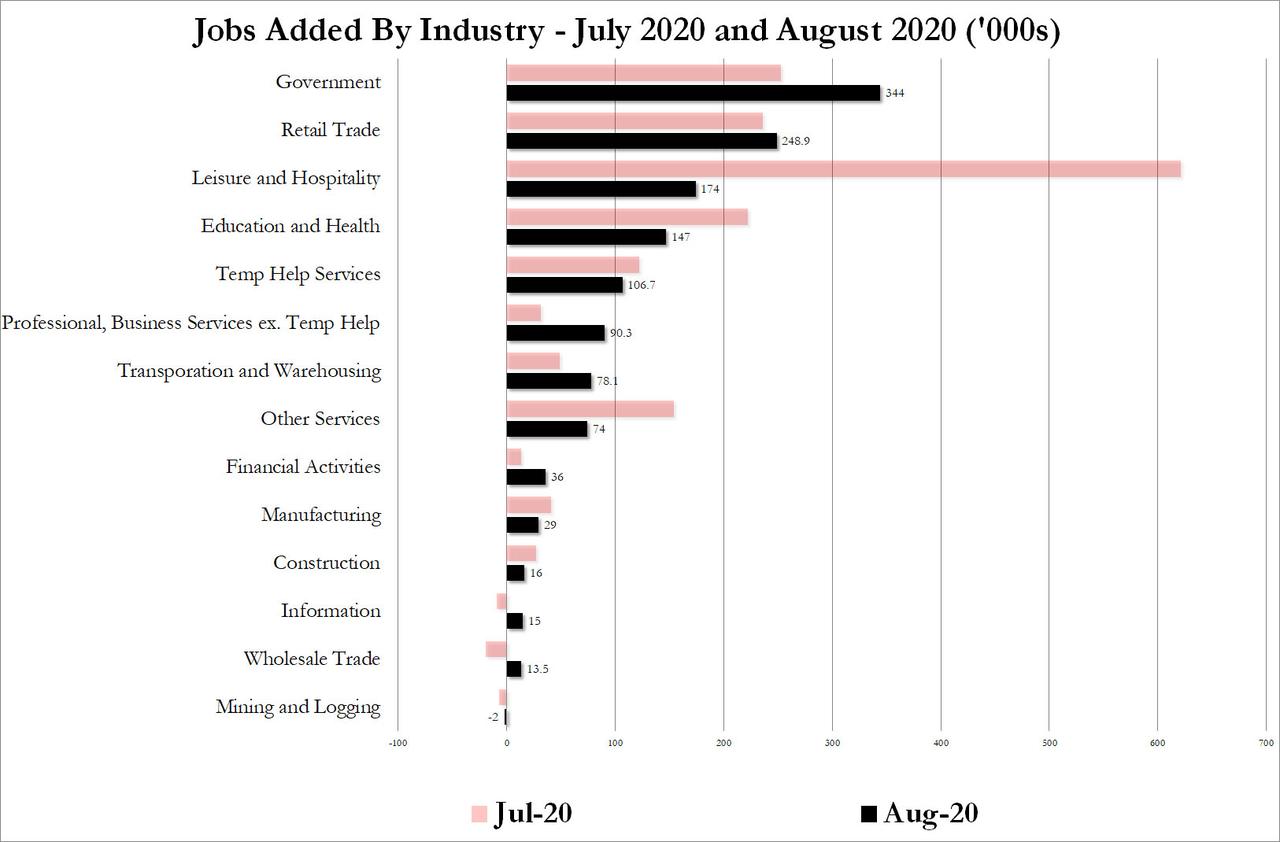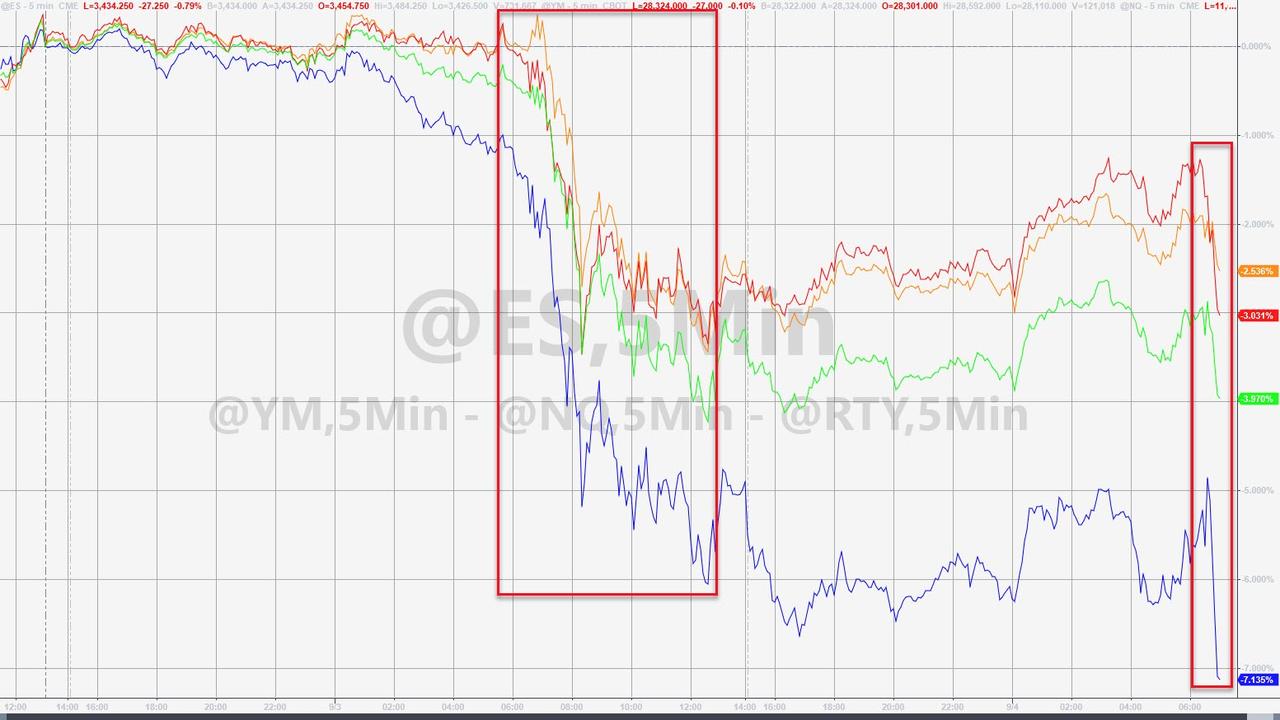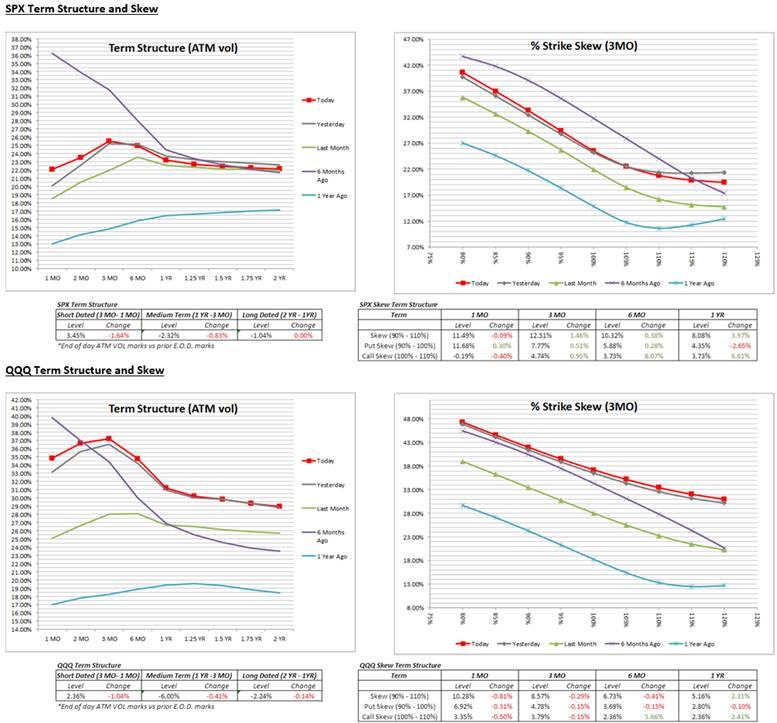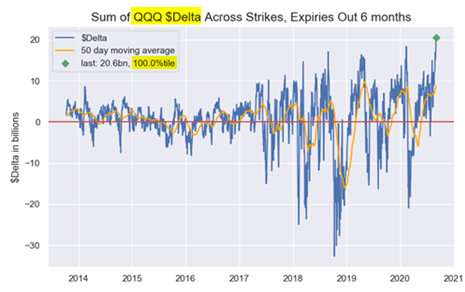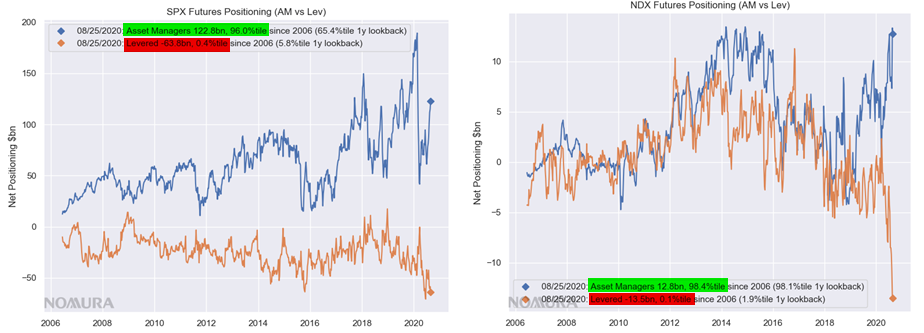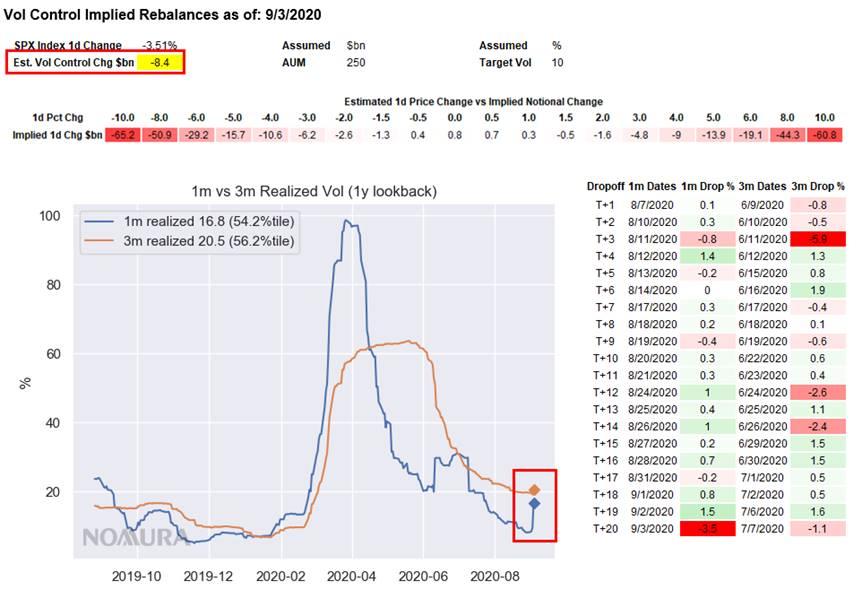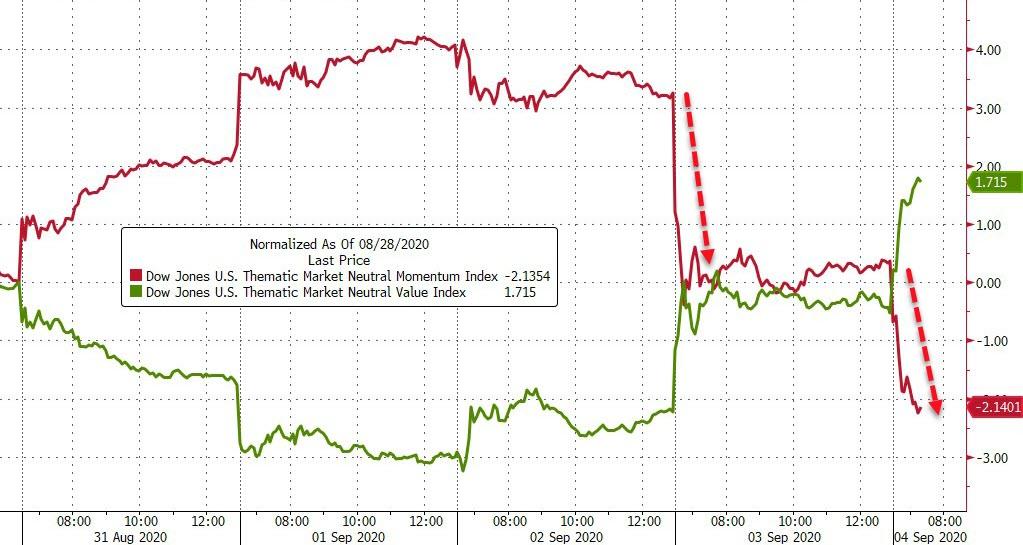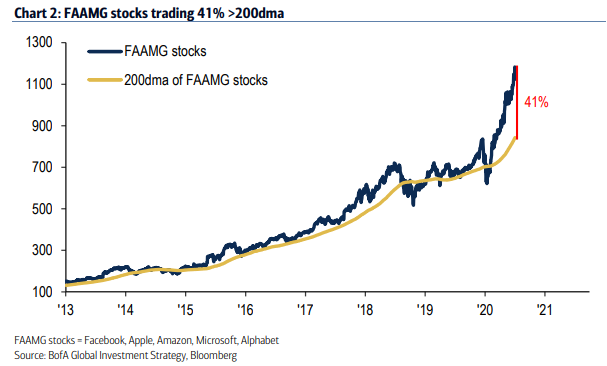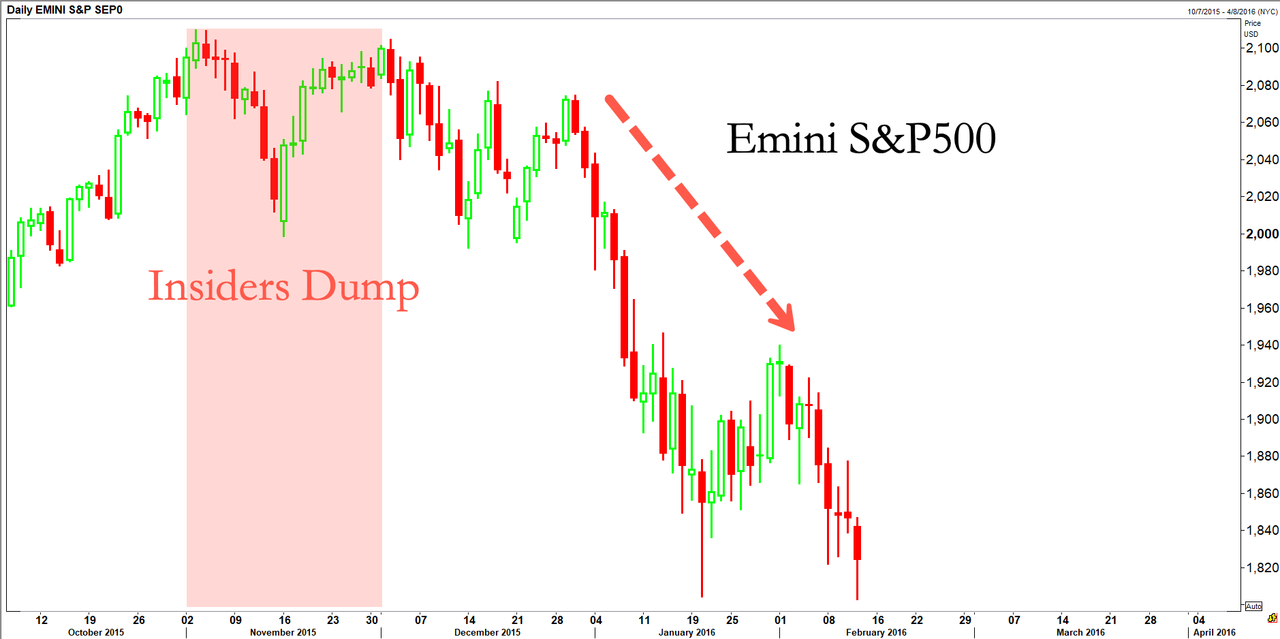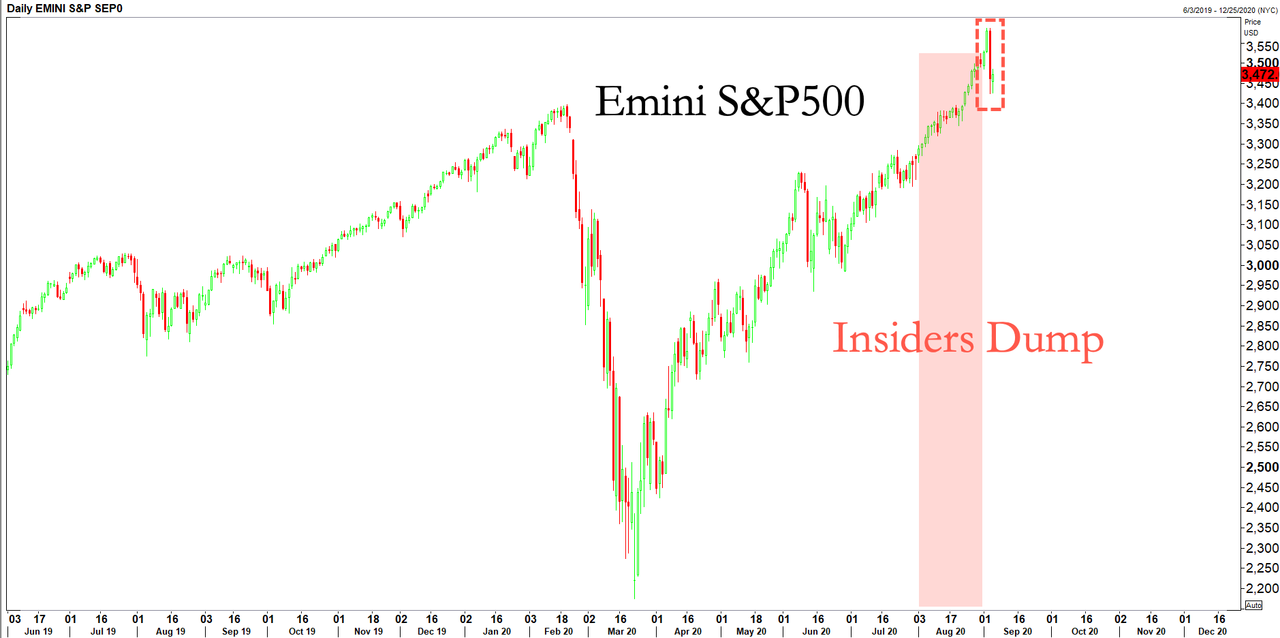“I Absolutely Cancel Myself”: GW Professor Under Investigation After Disclosing That She Is Not Black
Tyler Durden
Fri, 09/04/2020 – 12:15
In an academic version of the Rachel Dozezal controversy, the New York Times is reporting that George Washington University is investigating the bizarre case of George Washington associate professor Jessica A. Krug who admitted in a Medium post Thursday that, despite publicly identifying as a black woman, she is in fact a white Jewish child from the suburbs of Kansas City.
Krug has called herself a “cultural leech” and announced that she was “cancelling herself.”
The Chronicle of Higher Education stated that some of the positions that she secured in teaching were due to her claimed minority status.
The case rekindles the tension in academic over claims of minority status, including the controversy surrounding the long-claims of Sen. Elizabeth Warren (D., Mass.) who also taught at George Washington that she was a Native American.
Much of our minority status designations are based on such self-identifications. The Census Bureau approach is based solely on self identification. Since 2000, it has allowed people to check multiple boxes for races and ethnicities. Brown University attracted attention for proposing a pure self identification system for “people of color.”
Krug, 39, wrote a Medium post titled “The Truth, and the Anti-Black Violence of My Lies.” She revealed what she described as a life built on a “napalm toxic soil of lies.” That career include different claims of minority status from African to Caribbean to Puerto Rican roots as well as being raised in a poor family in the projects. This background gave her greater credence in writing as a “historian of politics, ideas, and cultural practices in Africa and the African Diaspora.”
Krug has a Ph.D. and is the author of the book “Fugitive Modernities: Kisama and the Politics of Freedom,” according to her GW faculty profile. She was also a Diversity Achievement Scholar at Portland State and an Advanced Opportunity Fellow at the University of Wisconsin at Madison.
She wrote:
“To an escalating degree over my adult life, I have eschewed my lived experience as a white Jewish child in suburban Kansas City under various assumed identities within a Blackness that I had no right to claim: first North African Blackness, then US rooted Blackness, then Caribbean rooted Bronx Blackness. I have built my life on a violent anti-Black lie, and I have lied in every breath I have taken.”
In a culturally ironic twist, she then declared that she was going to publicly commit self-cancelling: “I am a coward,” she writes, and then repeats it. “You should absolutely cancel me, and I absolutely cancel myself.”
Notably, she insisted that she wanted to be held accountable. It is unclear legally what form such accountability could take. Securing minority positions or benefits can be fraudulent like those at Wisconsin. However, the benefits (as discussed in the Warren controversy) can be less direct or easy to isolate for academics. As with “stolen valor cases,” the most common punishment is public recrimination and isolation.
via ZeroHedge News https://ift.tt/32YIYsz Tyler Durden
